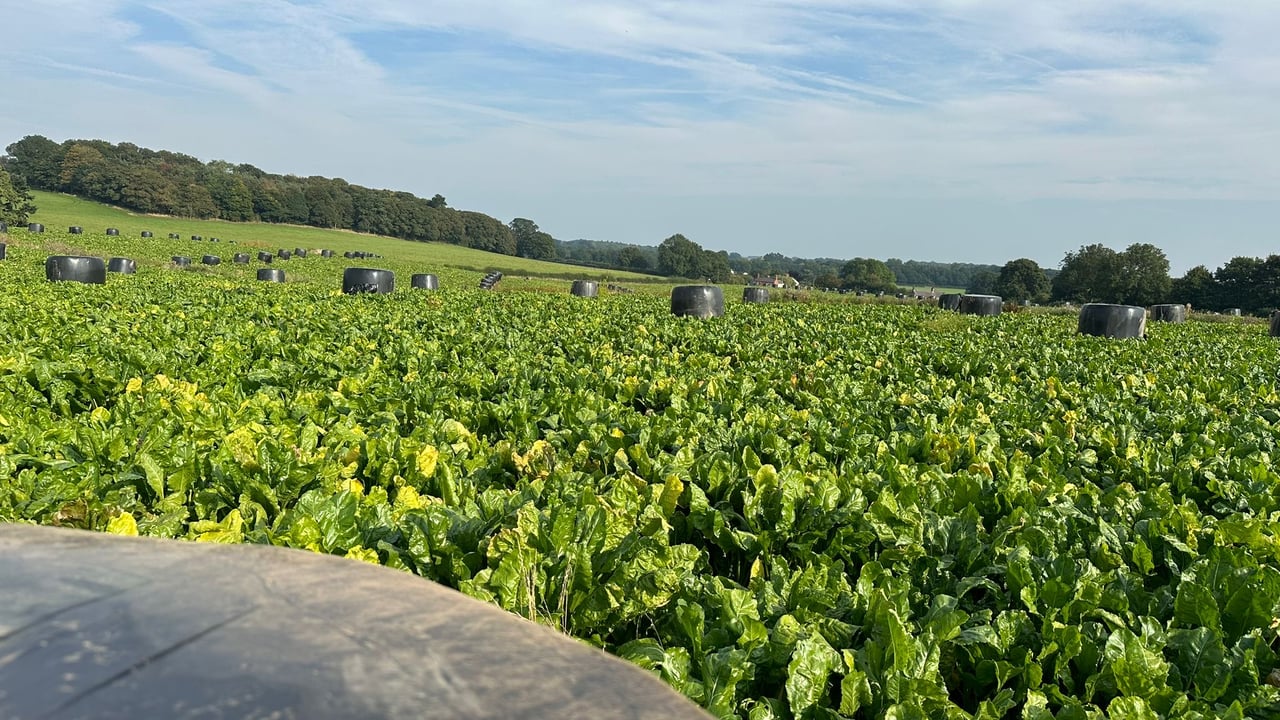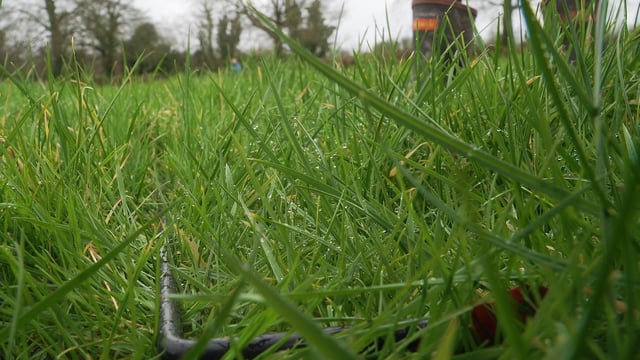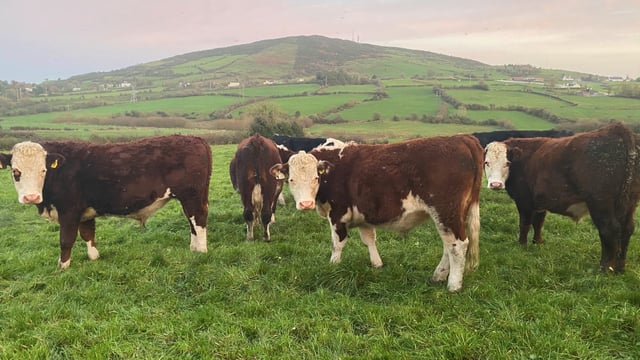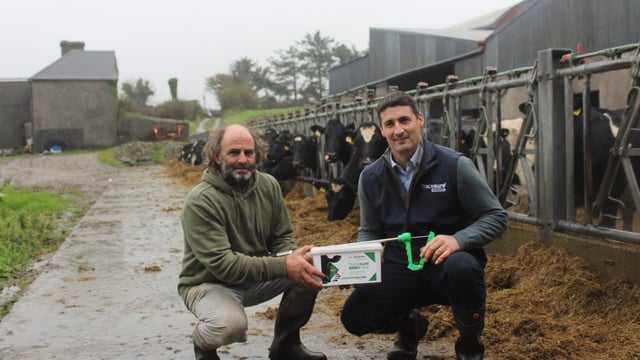Tillage: The threat of flea beetles in fodder beet crops
Teagasc is reporting that damage has been caused to fodder beet crops by flea beetles, while leatherjackets have also created problems in some locations.
Flea beetles can be treated with an approved pyrerthroid insecticide.
Adding to the challenge confronting beet crops at the present time are the continuing dry conditions.
Beet flea beetles have small black to bronze shiny bodies up to 2mm long. They have well-developed hind legs that enable them to jump when disturbed.
The insects leave small feeding pits in the cotyledons and young leaves, which develop into holes - typically described as ‘shot-holing’ - as the foliage grows and expands.
Severe attacks can reduce the green leaf area of the plants and increase their susceptibility to herbicide damage.
The adults overwinter in sheltered areas, such as hedges and tussocky grasses, and fly into emerging crops in early spring when temperatures are suitable.
Eggs are laid in the soil and the emerging larvae feed on the roots of the growing crop in late summer, but damage is not significant.
The adult flea beetles cause most damage when high populations invade establishing crops in cold, dry, sunny weather when growth is slow. Such an invasion can inhibit crop establishment and some individual plant loss can occur.
Fodder beet
The area of fodder beet grown in Ireland has averaged 10,000ha for the past five years, according to Teagasc.
Crops constitute a source of high energy forage that can be grazed in situ or harvested, stored, and fed to livestock.
Dry matter (DM) yields in excess of 18t DM/ha are achievable. Generally low DM varieties will have a larger percentage of the root over ground and are suitable for grazing in situ.
In contrast, high DM 'sugar beet' type varieties will have a higher percentage of the root underground are harvested, and are capable of high dry matter yields per hectare.
Teagasc strongly advises that tillage farmers growing fodder beet ensure that they have an agreement in place with the end user before sowing takes place.
The agreement should outline details on tonnes/hectares to be delivered, quality and payment details.
Teagasc also highlights that beet is a high yielding crop with a correspondingly strong nutrient demand for nitrogen potash, phosphorous, sulphur and magnesium.
There is also a strong requirement for micro nutrients, such as boron and manganese.
Maintaining the correct soil pH is critical as beet is very sensitive to acidic soils.





